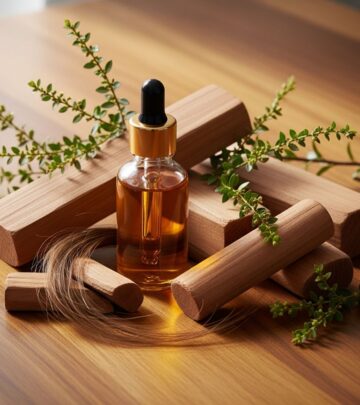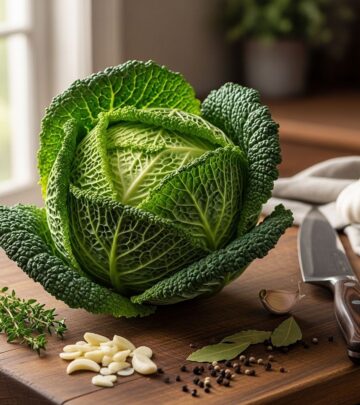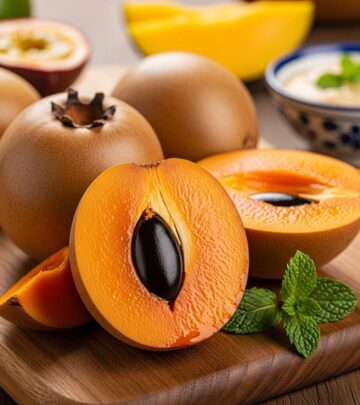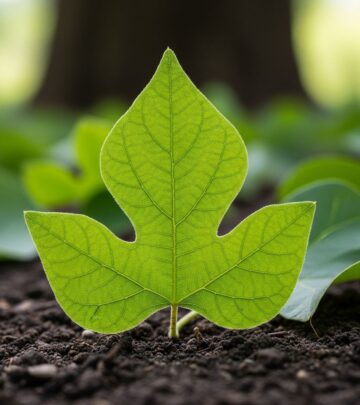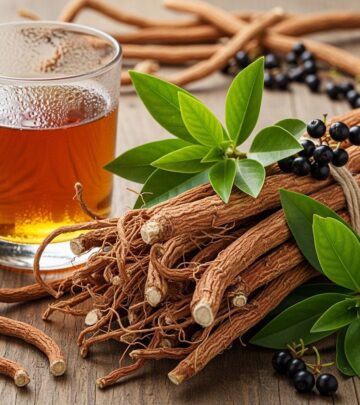Unlocking the Benefits and Uses of Mango Leaves: Tradition Meets Science
Ancient botanical remedies meet modern science to boost wellness, beauty and daily care.
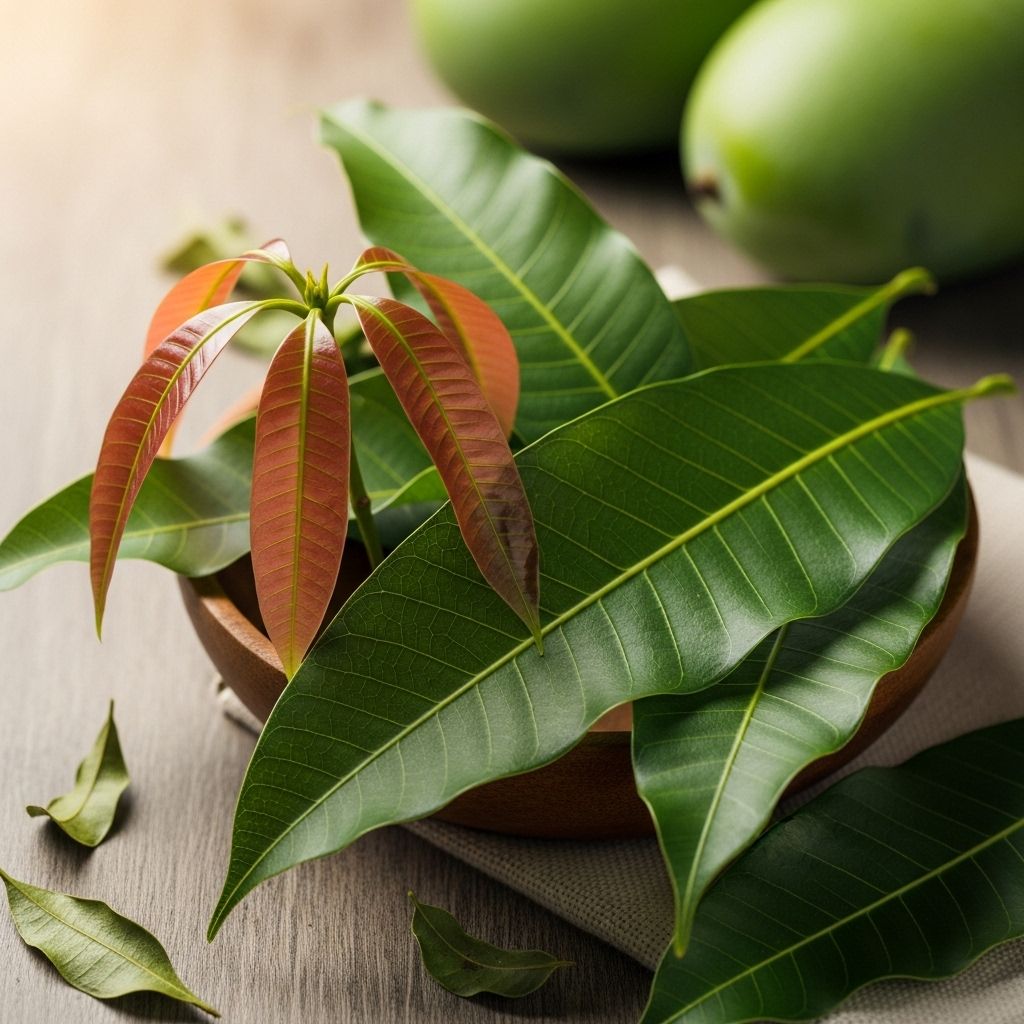
Mango leaves are more than mere foliage on the world’s most beloved fruit tree. For centuries, mango leaves have been integral to traditional medicine, celebrated in folk remedies, and revered in various cultural practices across Asia, Africa, and beyond. Modern science has begun to validate many of these traditional uses, revealing potent health-boosting compounds and diverse applications. This article explores the rich nutritional profile, verified health benefits, practical uses, safety considerations, and community experiences related to mango leaves.
Nutritional and Bioactive Profile of Mango Leaves
Mango leaves (botanically known as Mangifera indica) are packed with nutrients and bioactive compounds that account for their wide-ranging benefits. Young, tender leaves are especially prized for their higher nutrient concentration.
- Vitamins: Rich in vitamins C, A, B-complex, and E, supporting immunity, skin, vision, and cellular health.
- Minerals: Contain essential minerals like calcium, magnesium, iron, sodium, potassium, and phosphorus that contribute to bone health, nerve function, and overall vitality.
- Antioxidants: Mango leaves possess polyphenols, flavonoids, beta-carotene, and phenolic compounds that help combat oxidative stress and inflammation.
- Other Phytochemicals: Tannins, saponins, and essential oils with antimicrobial and anti-inflammatory activity.
Medicinal Benefits of Mango Leaves
Traditional medicine systems, particularly in Southeast Asia and India, have long relied on mango leaves for their healing properties. Many of these benefits are now supported by laboratory and clinical research.
1. Blood Sugar Regulation and Diabetes Management
Mango leaves have been studied for their blood sugar-lowering effects. Specific phytochemicals in the leaves help improve insulin sensitivity and reduce glucose absorption in the intestines, making them a supportive aid for those managing diabetes or prediabetes. Mango leaf tea or extract can be particularly useful as an adjunctive therapy, but always under medical supervision.
- Mango leaves contain anthocyanidins and mangiferin, which may reduce blood sugar spikes.
- Regular consumption (as tea or supplements) is suggested to aid long-term glycemic control, but dosage must be carefully managed.
2. Digestive Health and Relief from Gastrointestinal Complaints
The enzymes and bioactives in mango leaves assist digestion and help relieve indigestion, bloating, constipation, and stomach discomfort. Mango leaf tea has carminative (gas-reducing) effects and may soothe the gastrointestinal lining.
- Herbalists recommend mango leaf decoctions for chronic digestive disturbances and mild gastrointestinal infections.
3. Antioxidant and Anti-Inflammatory Properties
High concentrations of phenols and flavonoids provide mango leaves with robust antioxidant potential, neutralizing harmful free radicals, and reducing chronic inflammation. This protects tissues from the damage linked to aging and chronic diseases.
- Antioxidant effects may help lower the risk of cardiovascular disease, neurodegenerative disorders, and certain cancers.
4. Support for Respiratory Health
Mango leaves have a traditional role in treating respiratory ailments such as asthma, bronchitis, and coughs. Steaming with mango leaves or inhaling their vapors can clear congestion and soothe inflamed airways. Their anti-inflammatory and expectorant properties may contribute to symptomatic relief.
5. Skin Care and Healing
Applied topically, mango leaves are used to address various skin concerns:
- Antimicrobial Activity: Mango leaf extract or paste helps cleanse wounds, reduce acne, and relieve rashes and irritations.
- Helps Improve Skin Texture: The antioxidants promote skin healing and may slow down the aging process.
- Treatment of Burns and Minor Skin Lesions: Folk remedies recommend cooled mango leaf water or paste for minor burns, cuts, or insect bites.
6. Boosts Immunity
Thanks to high vitamin C and E content, regular use of mango leaves can support the immune system and raise the body’s resilience against common infections.
7. Oral Health Benefits
- Chewing young mango leaves strengthens gums, combats bacteria, and may help control oral ulcers, toothaches, and bleeding gums.
- Some cultures use dried mango leaf powder as a natural tooth-cleaning agent.
8. Reducing Anxiety and Stress
Anecdotal reports suggest that the aroma of mango leaf infusions or burning dried mango leaves has a calming effect on the nervous system, helping to reduce anxiety and promote relaxation.
9. Natural Pest Repellent and Household Utility
- Dried mango leaves are traditionally placed in grain stores or pantries to keep pests like ants and mosquitoes at bay, leveraging their aromatic properties.
10. Traditional Ceremonial and Spiritual Uses
In many cultures, mango leaves are considered sacred and symbolize prosperity and purity. They are frequently used in religious rituals, weddings, and home decorations.
| Benefit | Use/Application |
|---|---|
| Regulate Blood Sugar | Tea, Supplement |
| Improve Digestion | Tea, Decoction |
| Oral Health | Chew Leaves, Powder |
| Support Skin Healing | Paste, Wash |
| Relieve Respiratory Congestion | Steam Inhalation |
| Natural Pest Repellent | Dried Leaves in Storage Areas |
How to Use Mango Leaves: Practical Applications
- Mango Leaf Tea: Boil 3-4 fresh or dried leaves in two cups of water for 10 minutes. Strain and drink warm. Used for digestion, blood sugar control, and respiratory relief.
- Topical Paste: Crush fresh leaves and apply to the skin for wounds, bites, acne, or rashes.
- Steam Inhalation: Add dried leaves to boiling water and inhale steam for clearing respiratory passages.
- Oral Health Application: Chew young leaves or use a cooled decoction as a mouth rinse for gum and dental health.
- Natural Pest Repellent: Dry leaves and place in grain containers, closets, or under mats to deter insects.
Storing Mango Leaves for Maximum Potency
- Fresh Leaves: Clean and pat dry. Bundle and wrap loosely in paper towels, then place in a perforated plastic bag or airtight container in the refrigerator. Use within a week.
- Dried Leaves: Hang in a cool, shaded area until brittle. Store in an airtight container away from moisture and sunlight. Use for teas, powders, or household use.
Possible Side Effects and Precautions
While mango leaves offer significant health advantages, some individuals may experience allergic reactions. Symptoms can include:
- Wheezing
- Swelling
- Itching or skin redness
Animal studies hint that long-term, high-dose consumption may slightly increase body weight, fat, and cholesterol, but human evidence remains sparse.
Precaution: Always consult a healthcare provider before integrating mango leaves into your routine, especially for those with existing health conditions, allergies, or taking prescription medication.
Community Experiences and Personal Narratives
Many individuals share positive experiences after using mango leaf remedies for digestion, skin complaints, or stress relief. Folk wisdom handed down through generations continues to find resonance, as more people integrate natural remedies with modern healthcare.
Communities are encouraged to share their stories, recipes, and results—adding depth to both cultural and scientific understanding of mango leaves’ benefits.
FAQs: Mango Leaves
Q1: Are mango leaves edible and safe for daily use?
Yes, mango leaves are edible and traditionally consumed as tea, in curries, or chewed. However, moderation is advised, and consultation with a health professional is important, especially for pregnant women and those with medical conditions.
Q2: Can mango leaves really help with diabetes?
Research suggests mango leaves may help regulate blood sugar, but results can vary. They should not replace standard diabetes medications, and those interested should discuss usage with a medical provider.
Q3: What are the best ways to use mango leaves at home?
Mango leaves can be used as tea, topical paste, mouth rinse, or air-freshening and pest-repelling agent. Always use clean, appropriately prepared leaves.
Q4: Do mango leaves have any culinary uses?
In several regional cuisines, young mango leaves are cooked in savory dishes for their unique fragrance and fresh flavor.
Q5: Who should avoid mango leaves?
Anyone with a history of allergies to plants in the Anacardiaceae family, or who experiences allergy symptoms after use, should avoid mango leaves. When in doubt, prioritize your safety and consult a doctor.
References
- Studies on ethnopharmacological properties and active components of mango leaves.
- Clinical and animal research into antidiabetic and antioxidant effects.
- Traditional medicine sources and published herbal texts.
Get Involved: Share Your Experience
Are you using mango leaves for wellness, culinary, spiritual, or home uses? Share your insights and contribute to a growing community passionate about natural health and tradition.
References
- https://timesofindia.indiatimes.com/life-style/food-news/8-reasons-why-should-not-throw-away-mango-leaves/articleshow/111404777.cms
- https://www.stylecraze.com/articles/benefits-and-uses-of-mango-leaves/
- https://specialtyproduce.com/produce/Mango_Leaves_18071.php
- https://www.stylecraze.com/articles/mango-butter-for-skin/
- https://www.spandidos-publications.com/10.3892/ijfn.2025.46
- https://pmc.ncbi.nlm.nih.gov/articles/PMC5804368/
- https://sciencebiology.org/index.php/BIOMEDICH/article/view/446
Read full bio of medha deb

